Nafran Valley : A Scenic Escape into Kashmir’s Wild Side





Table of Contents
Toggle1. Introduction
Nestling Nafran Valley amidst the most breathtakingly beautiful sceneries of the Anantnag district of Kashmir presents an idyllic blend of natural beauty coupled with serene solitude and an essence of adventure. Unlike its famous counterparts, namely Pahalgam and Sonamarg, this valley remains relatively unexplored. It serves as an idyllic destination for nature lovers, trekkers, and people seeking off-the-beaten-path experiences.
This guide tries to give a critical explanation of Nafran Valley with its geography, history, and what, at this juncture, has made it a destination for the traveler in search of an authentic Himalayan experience.
2. Geography
The Nafran Valley lies at an altitude of approximately 3,000 meters above sea level or about 9,850 feet. Indeed, it is a virgin alpine valley nestled in the mighty Himalayas and offers stunning views of towering peaks, meandering rivers, and lush green meadows. Glacial movement shapes the valley, adorned with alpine flora, fast-flowing streams, and majestic snow-clad peaks in the background.
a. Location: It lies about 30 km from the governmental headquarter of Kokernag and is accessible through a trail starting from the villages lying nearby.
b. Rivers and Water Sources: The Brengi River flows through this region and is itself a tributary of Jhelum River. Thus, the sources of water present here are not only crucial for the wildlife of this region but also its vegetation. There are many waterfalls and streams present here that are fed by glaciers, thereby providing freshness to the landscape and giving it an emerald-like look.
c. Topography: The topography of the valley varies from thick forests of pine and fir in the lower elevation to a rocky and barren landscape near the higher altitudes.
3. Climate and Best Time to Visit
The climatic condition of Nafran Valley is the typical Himalayan variety, cold winters, and agreeable summer conditions. During winter, the whole valley is heavy with snow, and it is practically inaccessible for most travelers. The best time to visit is during the late months of May through September, when the snow has thawed and one sees the valley in its full beauty.
a. Summer (May to September): During this period Nafran Valley forms the best destination due to prevailing of mild weather conditions during daytime with temperatures ranging between 10°C – 20°C. It is pretty flowery in the valley and conditions for trekking are very good.
b. Monsoon (July to August): Though the region doesn’t receive heavy rainfall, its surrounding areas may get showers. It is advised to look at the local weather before heading to the destination.
c. Winter (October to April): During this period, the valley is snowbound and trekking is impossible due to extreme cold, snowfall, and slippery terrain. Only experienced mountaineers or local shepherds try to venture into the valley during this time.
4. History and Cultural Significance
Though comparatively remote and less well-known, Nafran Valley is quite important to the local people. Historically, it has been used as a grazing ground for Gujjars and Bakarwals, semi-nomadic tribes who move along these areas with their cattle. These people have traditionally been living among the valley environment for centuries now, which plays a very critical role in preserving ecological balance within this nature.
Nafran Valley is considered no less important in terms of the cultural and religious significance for the peoples living in Kashmir. The valley has been surrounded by many local legends and myths and reportedly has been visited over time by spiritual seekers and Sufi saints.
5. Nafran Valley Trek Routes
The trekking is the prime attraction in Nafran Valley. Though not as famous as some other treks in Kashmir-like Kolahoi Glacier Trek or the Great Lakes Trek-Nafran Valley presents a serene, relatively virgin experience for the guests of adventure.
a. Starting Point: Villages of Kokernag or Achabal in the Anantnag district
b. Duration: 4 to 5 days
c. Difficulty Level: The trekking is graded as moderate to challenging, given weather conditions and physical fitness.
d. Route Highpoints:
Day 1: Kokernag to Achabal – The starting point of your trek is the famous Kokernag Gardens for their fresh water springs. Achabal is a charming village, serving as the base camp for the trek.
Day 2: Achabal to Nafran Base Camp – On the second day, the trekking will be done on a gentle climb through dense pine and deodar forests. The panoramic views of the valley down below can be viewed from here.
Day 3: Nafran Base Camp to Nafran Meadows – The third day comprises a pretty easy day where meadows with a covering of wild flowers have to be crossed. From here, the towering peaks of Sundarsar and Kolahoi can be seen.
Day 4: Exploration Day – The time when trekkers are free to explore surrounding glaciers, alpine lakes, and secluded areas. Nafran Valley houses a lot of wildlife species like Himalayan marmots, black bears, and snow leopards, though there are rarely any sightings.
e. Offbeat Trekking Routes: The offbeat routes that one can trace in Nafran Valley include connectivity treks from Nafran to the nearby Aru and Pahalgam and even more challenging routes up to the Sundarsar Glacier.
6. Flora and Fauna
Nafran Valley is a biodiversity hotbed representation of a variety of flora and fauna typical of the high-altitude Himalayan region.
a. Flora
i. Alpine Meadows: During the summer months, the valley is sprinkled with wild flowers including, blue poppies, edelweiss and anemones. Thick forests of pine, deodar, and birch dominate its lower areas.
ii. Medicinal Plants: The local communities also gather medicinal plants and herbs from this valley for their use in traditional healing.
b. Fauna
i. Mammals: The valley hosts various species of wildlife, including Himalayan black bears, snow leopards, markhor, ibex, and even the musk deer of the Himalayas.
ii. Birds: These include good opportunities for sighting Himalayan griffon vultures, golden eagles, and Himalayan monals, among others.
7. Accommodation and Camping
a. Accommodation
It being unspoiled by the modern world, there are no hotels or places of commercial stay within Nafran Valley proper. Guesthouses or homestays can be availed of in nearby villages such as Kokernag and Achabal.
b. Camping
Camping has been considered the most popular choice amongst the trekkers going through the valley. Given a choice, the best places for camping are Nafran Base Camp and Nafran Meadows. The trekker should keep in mind that at night, the temperature considerably lowers down even in the summer season, so carrying proper equipment is a must.
8. Cultural and Local Interaction
The very friendly Gujjars and Bakarwals, who travel by Nafran Valley in summer, sometimes even take trekkers to their tents. The visitors get to enjoy the rich culture of the hosts and traditions, and sometimes even taste their special dishes, including rogan josh and kehwa-a traditional Kashmiri tea.
It is also worth mentioning that respect for customs and adherence to the rules of ecological balance in the valley according to Leave No Trace is highly expected during your visit.
9. Travel Tips
Following is a list of some key travel tips that one should not miss while planning a visit to the Nafran Valley:
a. Permissions: No special permits have so far been required to trek Nafran Valley; however, the advice is to check with local people or travel guides since regulations change.
b. Guides and Porters: It is recommended to hire a local guide, especially if one has never gone on a high-altitude trek. Guides can also navigate lesser-known routes and provide real valuable insights into flora, fauna, and culture of the valley.
c. Essential Gear:
i. Warm clothing, even in summer, the night temperature can drop suddenly.
ii. Sturdy trekking boots are necessary, as the paths might be rocky and uneven.
ii. Sleeping bag and tent if camping.
iv. First aid kit, including medicine for altitude sickness.
v. Water purification tablets or filters as not all water sources are safe to drink.
d. Care for the Environment: Pack out everything that you brought in, do not use plastic, and leave no litter whatsoever. Preserve this valley’s natural beauty along with its fragile ecosystem.
10. Conclusion
Nafran Valley offers an opportunity to unleash an untouched paradise smack in the heart of the Kashmir Himalayas. Its breathtakingly beautiful landscapes, with a sense of abandonment and serenity, make it an ideal haven for those who seek isolation, adventure, and communion with nature. Be it an avid trekker or just a casual traveler, Nafran Valley promises to take anyone through an unforgettable journey of stunning landscapes, rich cultures, and self-discovery.
While planning, remember that Nafran Valley is not only a place that can be visited, it is more.
How to book a trip to Nafran Valley, India with Charzan Holidays?
For a seamless and exceptional booking experience, contact Charzan Holidays at reservations@charzan.in or call us at +919622224473
Frequently Asked Questions
1. What is Nafran Valley? | |
| Nafran Valley is a scenic valley located in the Bandipora district of Jammu and Kashmir, India, known for its stunning landscapes, rich biodiversity, and tranquil environment. | |
2. Where is Nafran Valley situated? | |
| Nafran Valley is situated near the Gurez Valley, approximately 140 kilometers from Srinagar, accessible via the Bandipora-Gurez road. | |
3. What is the best time to visit Nafran Valley? | |
| The best time to visit is from May to October, when the weather is pleasant and the valley is lush with greenery. | |
4. What activities can I do in Nafran Valley? | |
| Visitors can enjoy trekking, camping, photography, bird watching, and experiencing the local culture and traditions. | |
5. How can I reach Nafran Valley from Srinagar? | |
| Nafran Valley can be reached by road from Srinagar, typically via Bandipora and Gurez, with local transport options available. | |
6. Is Nafran Valley safe for tourists? | |
| Yes, Nafran Valley is generally safe for tourists. However, it’s advisable to check current travel advisories and stay informed about local conditions. | |
7. Are there accommodations available in Nafran Valley? | |
| Accommodation options are limited, but visitors can find some guesthouses and camping facilities in the area. | |
8. What wildlife can be found in Nafran Valley? | |
| The valley is home to a variety of wildlife, including birds, small mammals, and unique alpine flora, making it a great spot for nature enthusiasts. | |
9. What are the key attractions in Nafran Valley? | |
| Key attractions include its breathtaking landscapes, picturesque meadows, and the traditional villages of the local Gujjar community. | |
10. Is there mobile network coverage in Nafran Valley? | |
| Mobile network coverage can be limited in Nafran Valley, so it’s advisable to inform someone about your plans and carry necessary supplies. | |
11. Can I go fishing in Nafran Valley? | |
| Yes, fishing is possible in nearby rivers and streams, but it’s essential to check local regulations and practice sustainable fishing. | |
12. What is the elevation of Nafran Valley? | |
| Nafran Valley is situated at an elevation of approximately 2,500 meters (8,202 feet) above sea level. | |
13. Are there any environmental concerns to consider while visiting? | |
| Yes, visitors should engage in eco-friendly tourism by not littering, respecting wildlife, and following guidelines to preserve the natural environment. | |
14. Can I trek to nearby areas from Nafran Valley? | |
| Yes, Nafran Valley serves as a base for several trekking routes, allowing adventurers to explore the surrounding mountains and valleys. | |
15. Are there guided tours available for Nafran Valley? | |
| Yes, local tour operators may offer guided tours and trekking packages to Nafran Valley, providing insights into the region’s ecology and culture. |
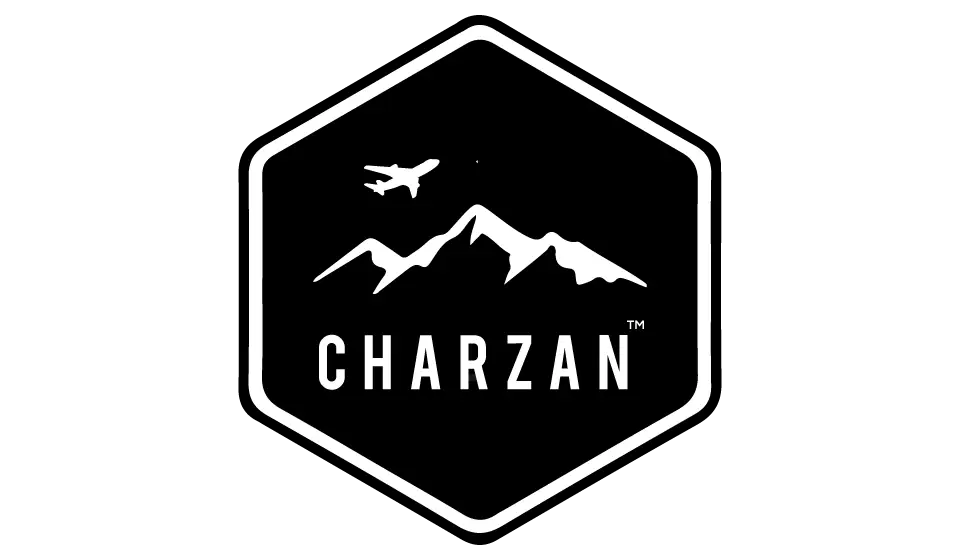


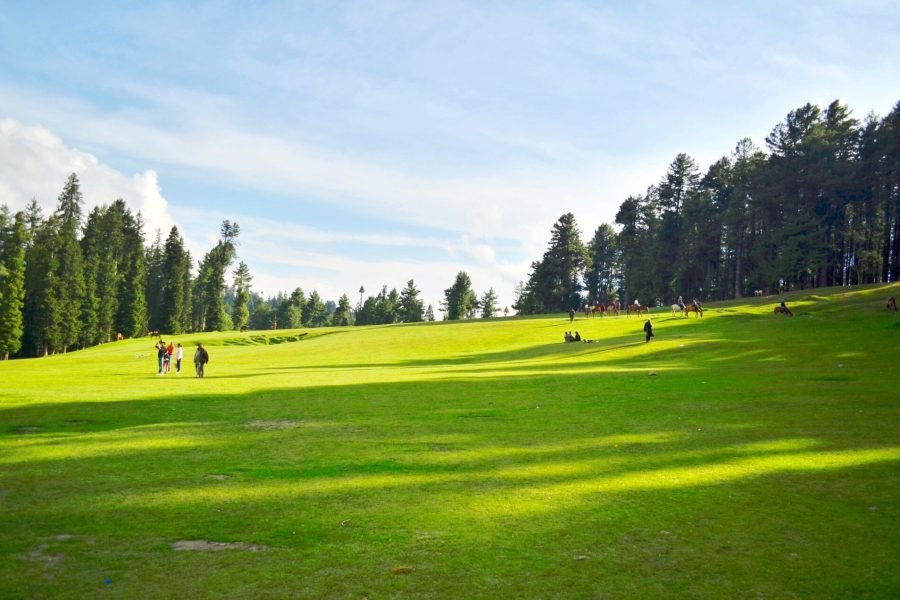
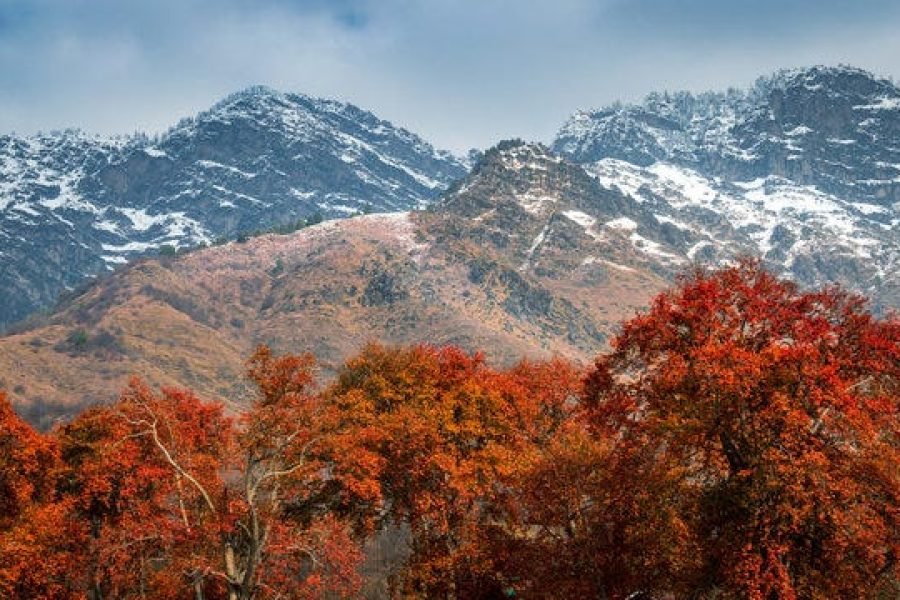
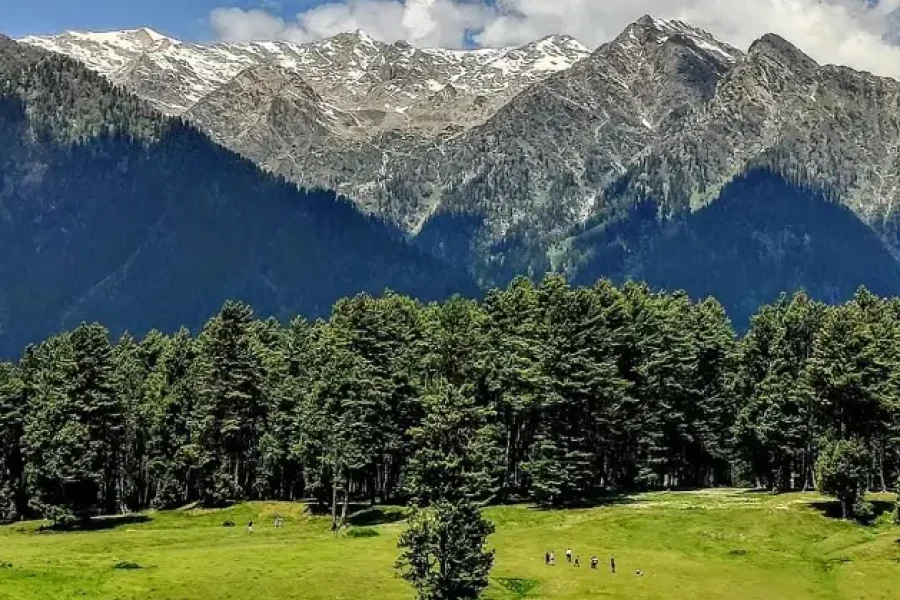
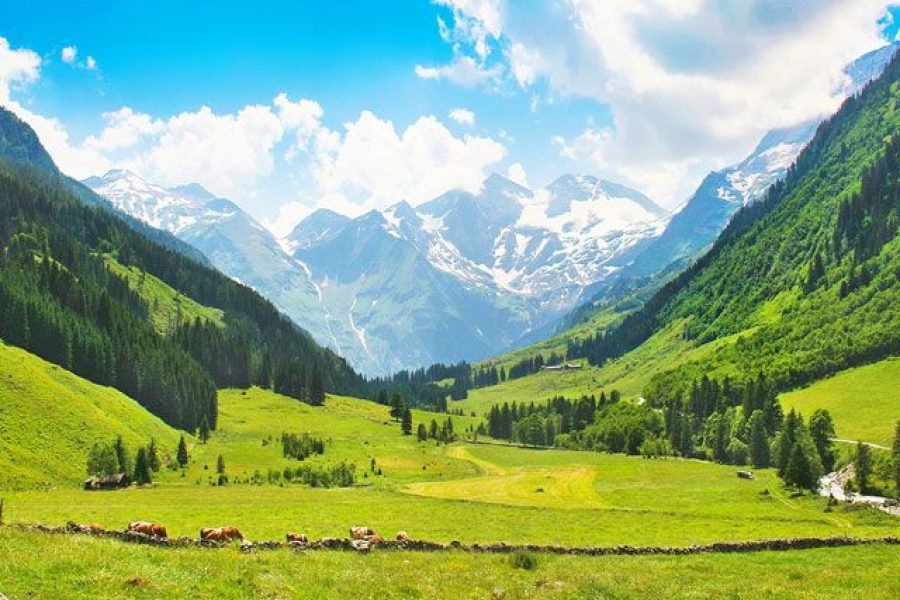
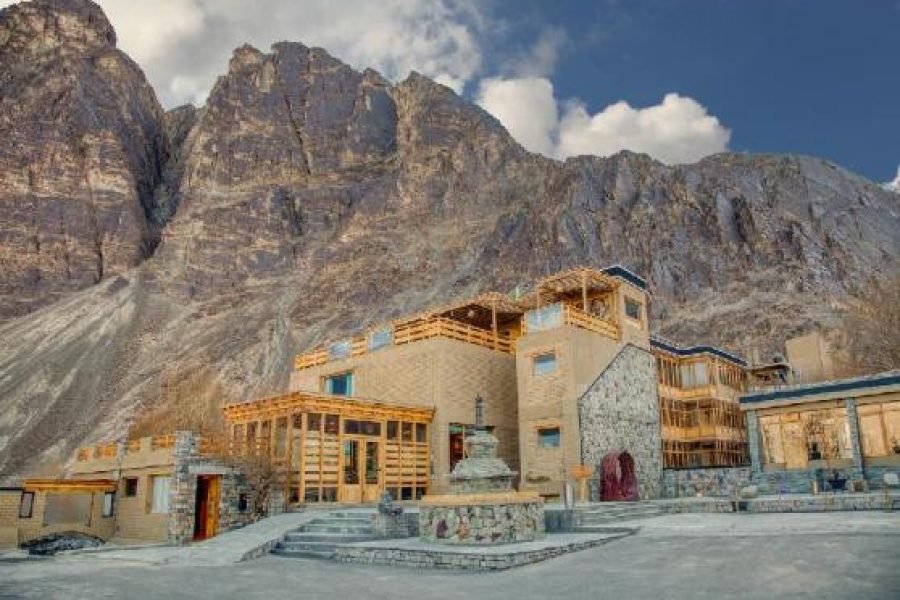
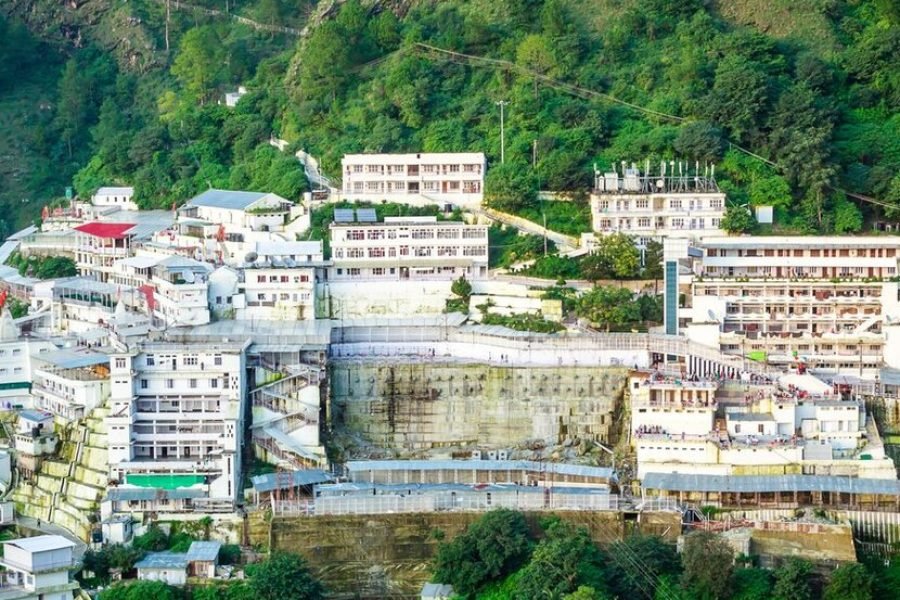
0 Comment